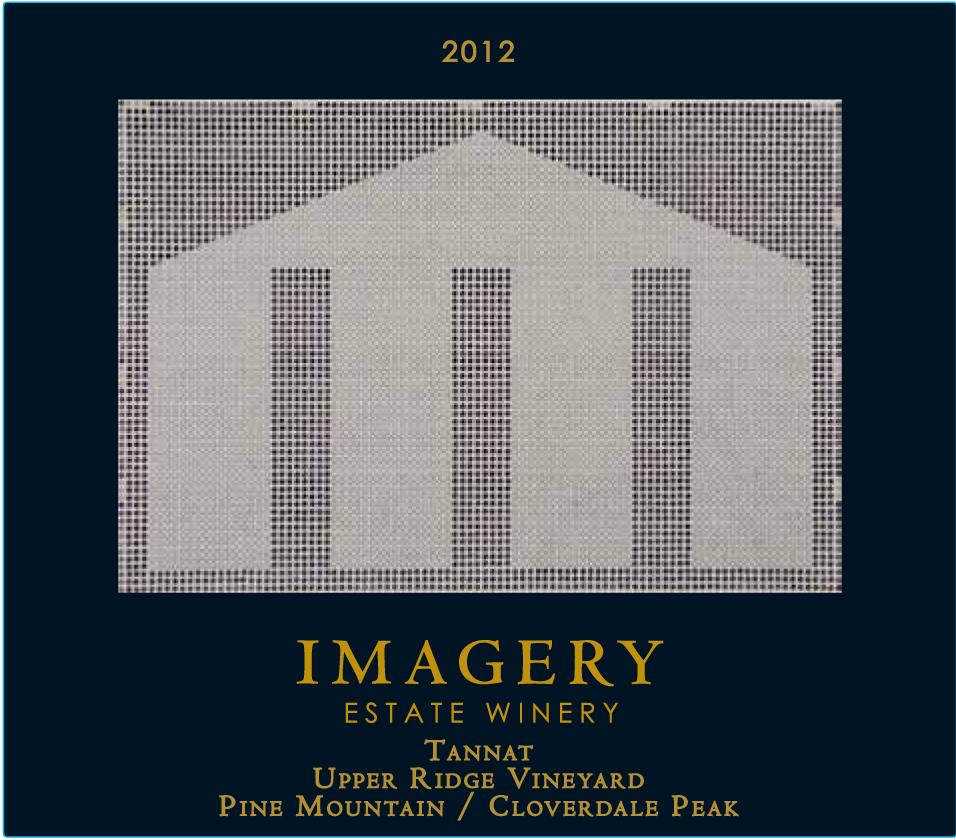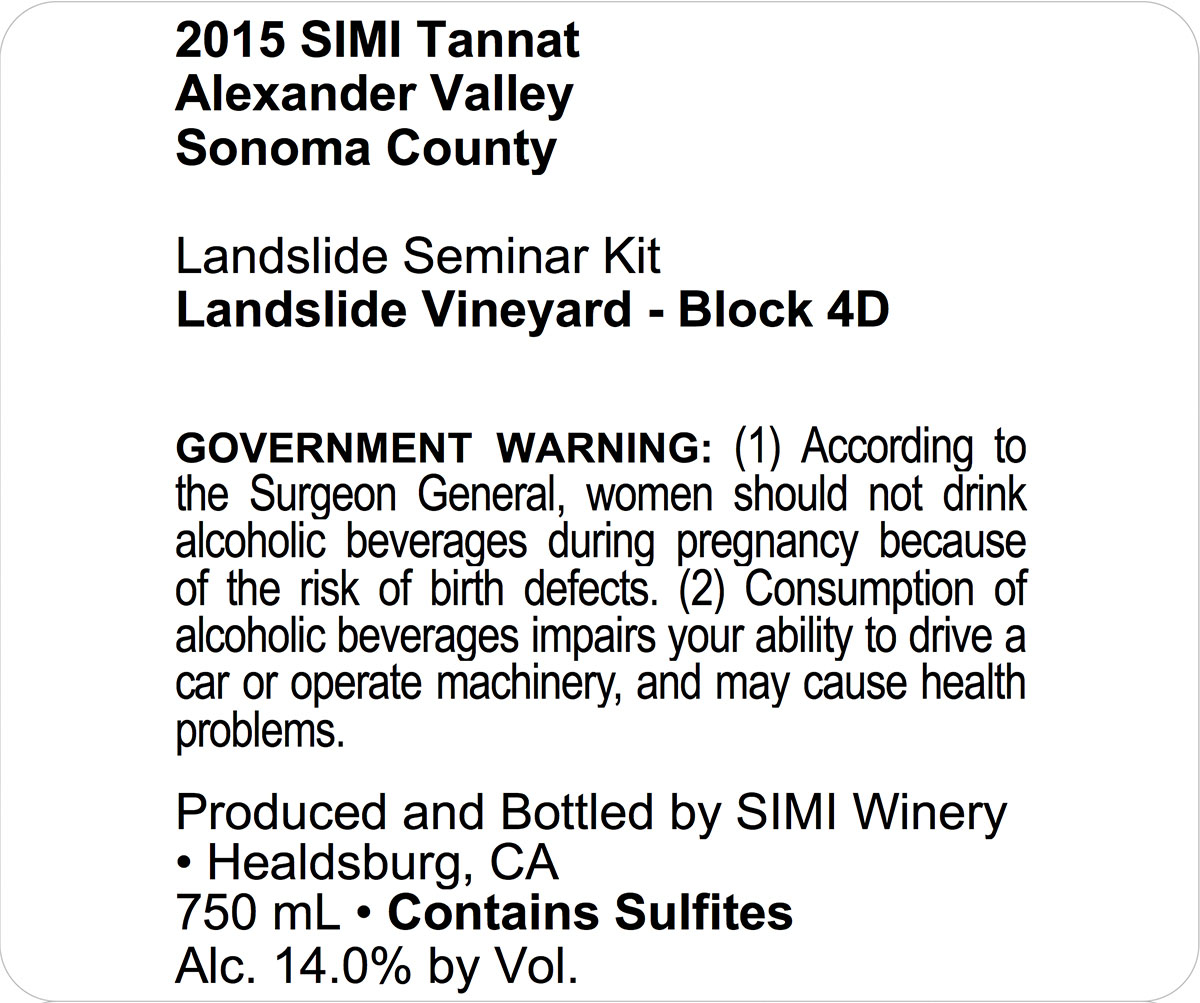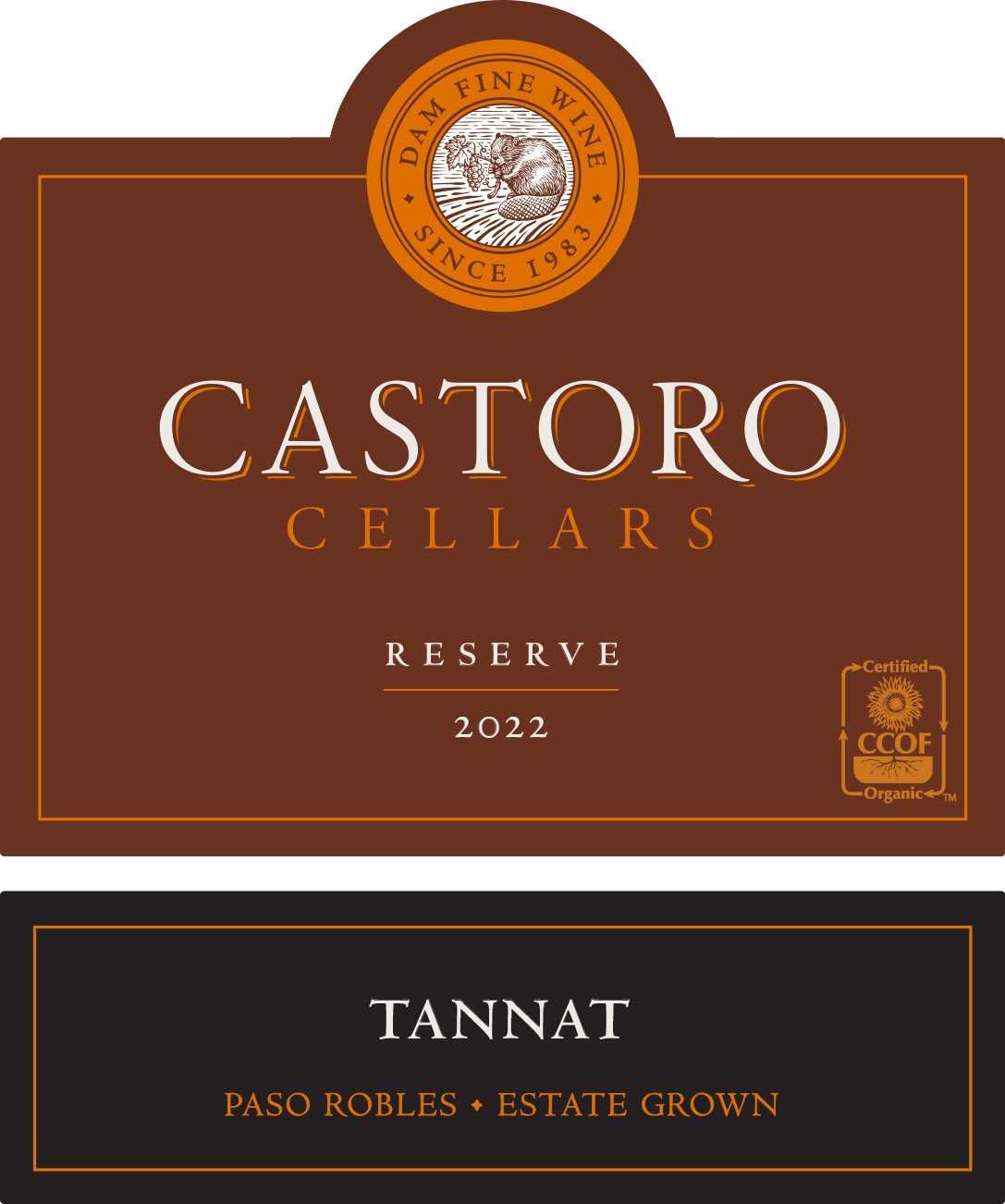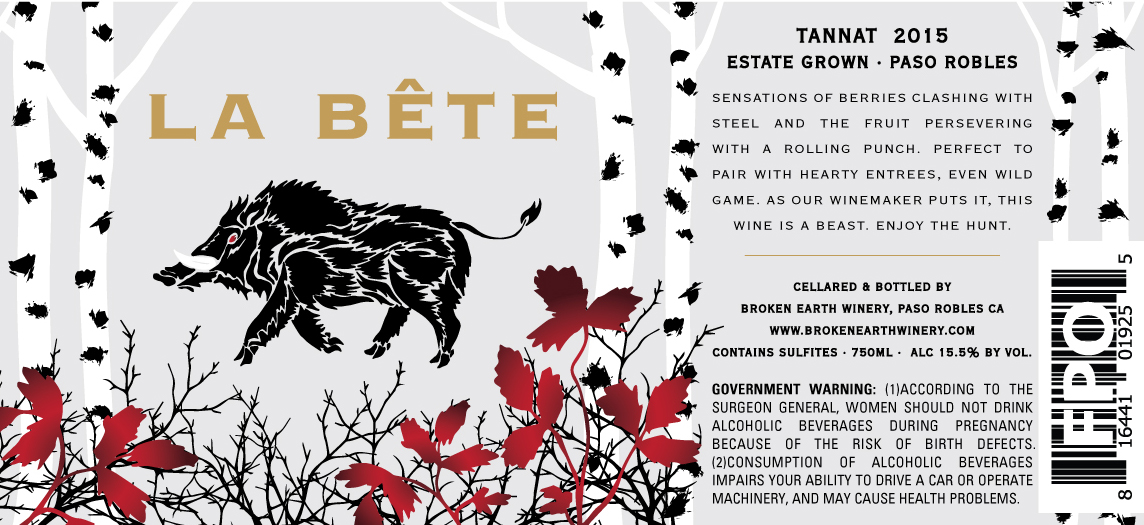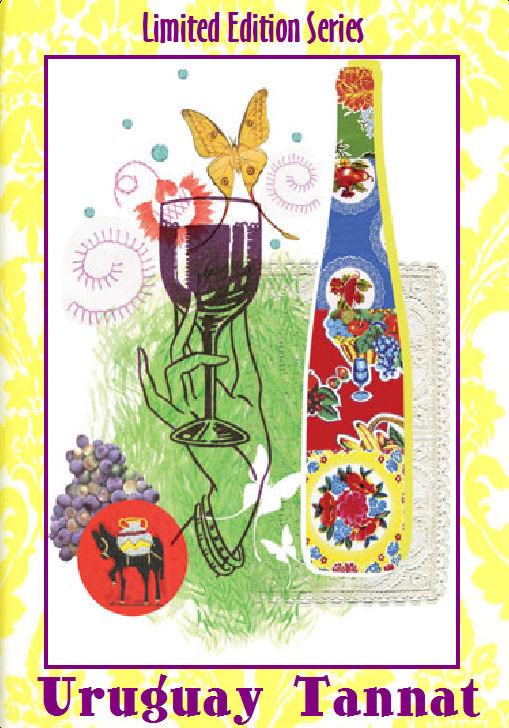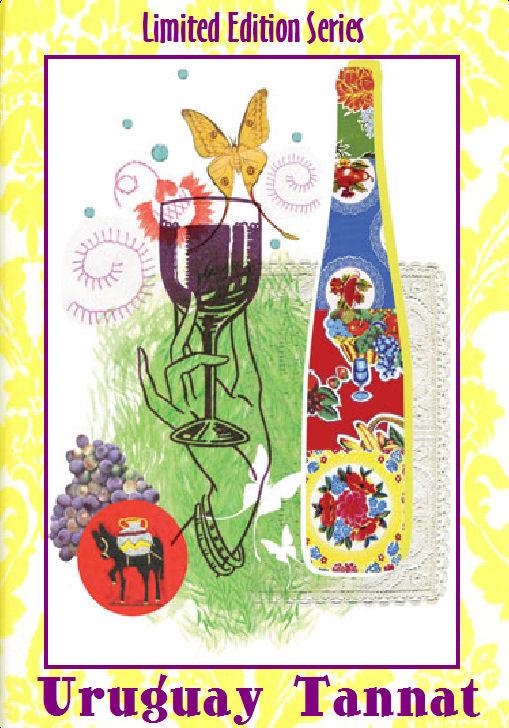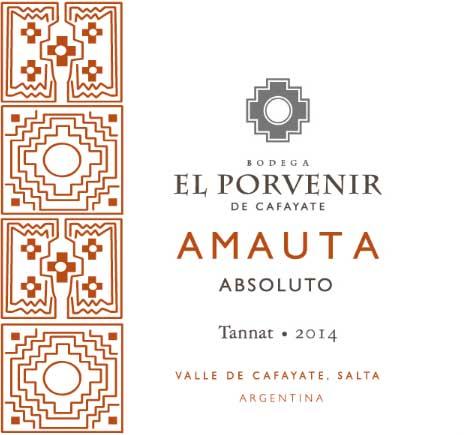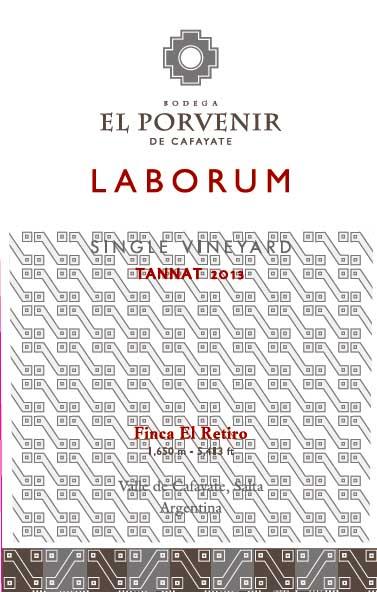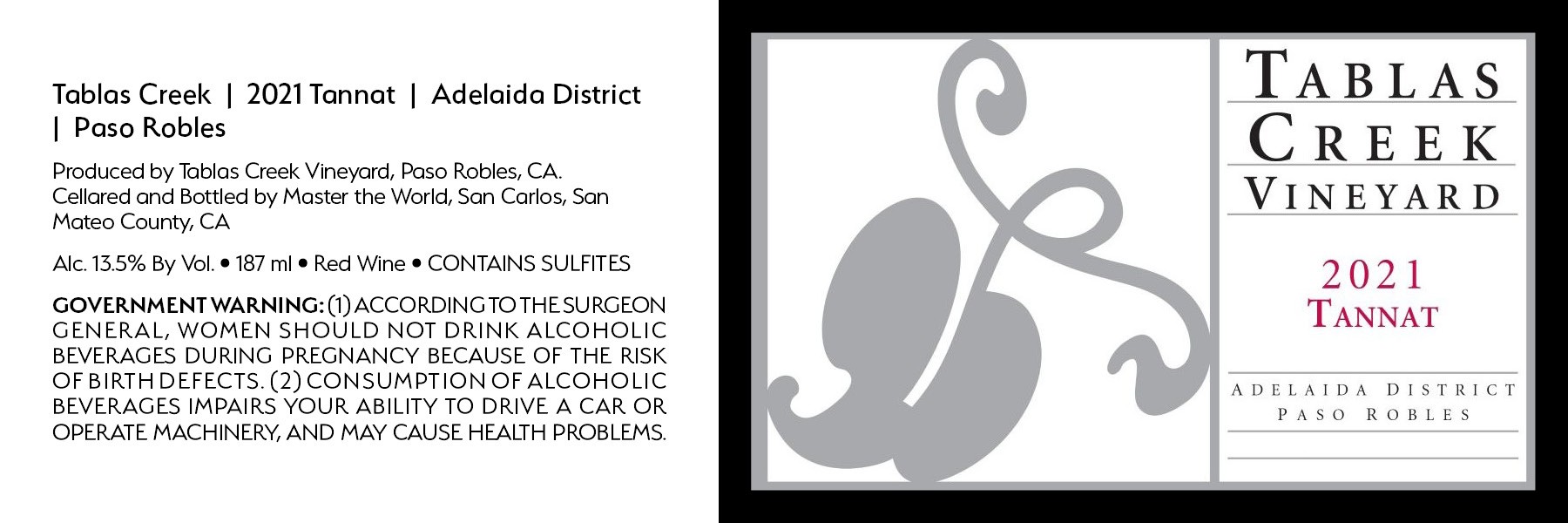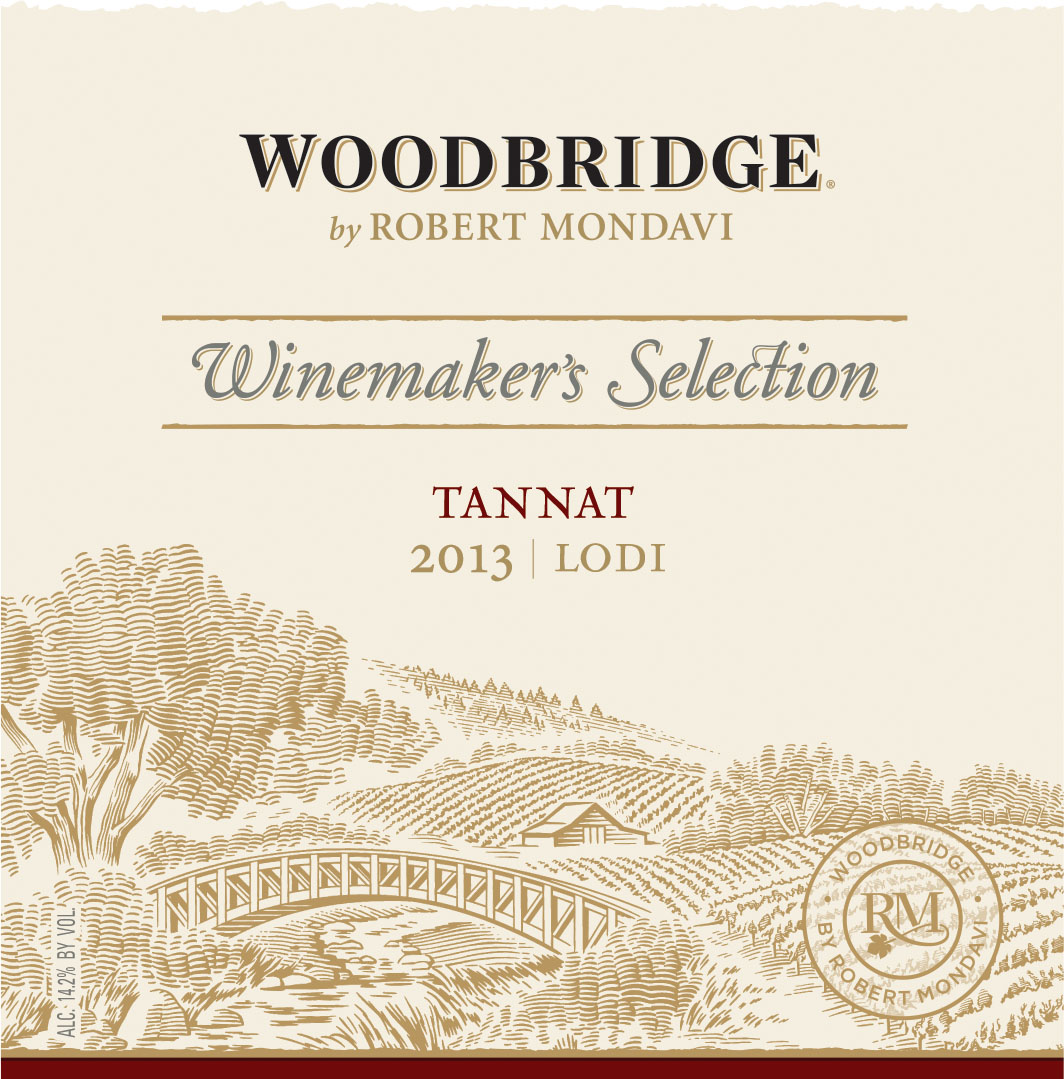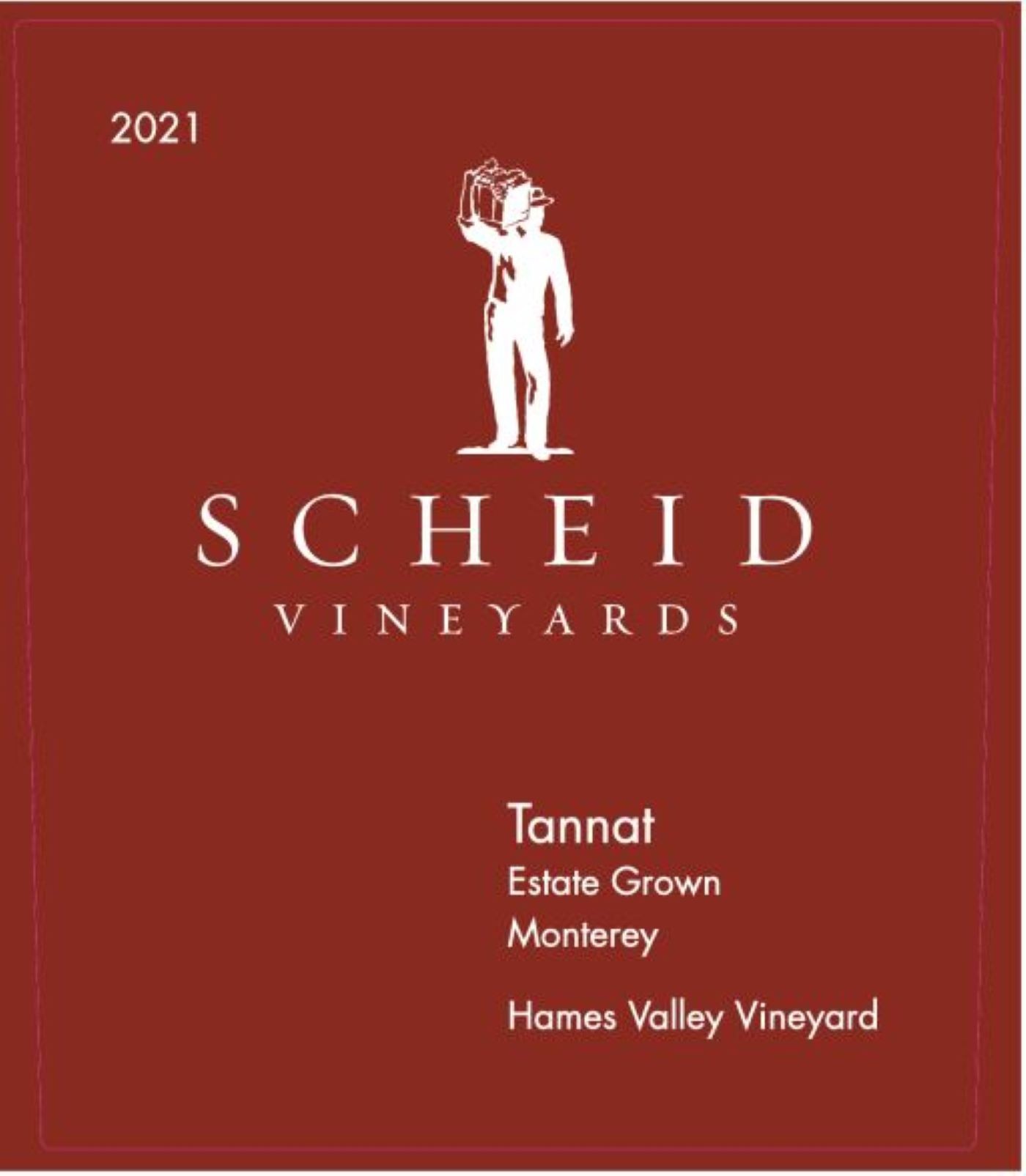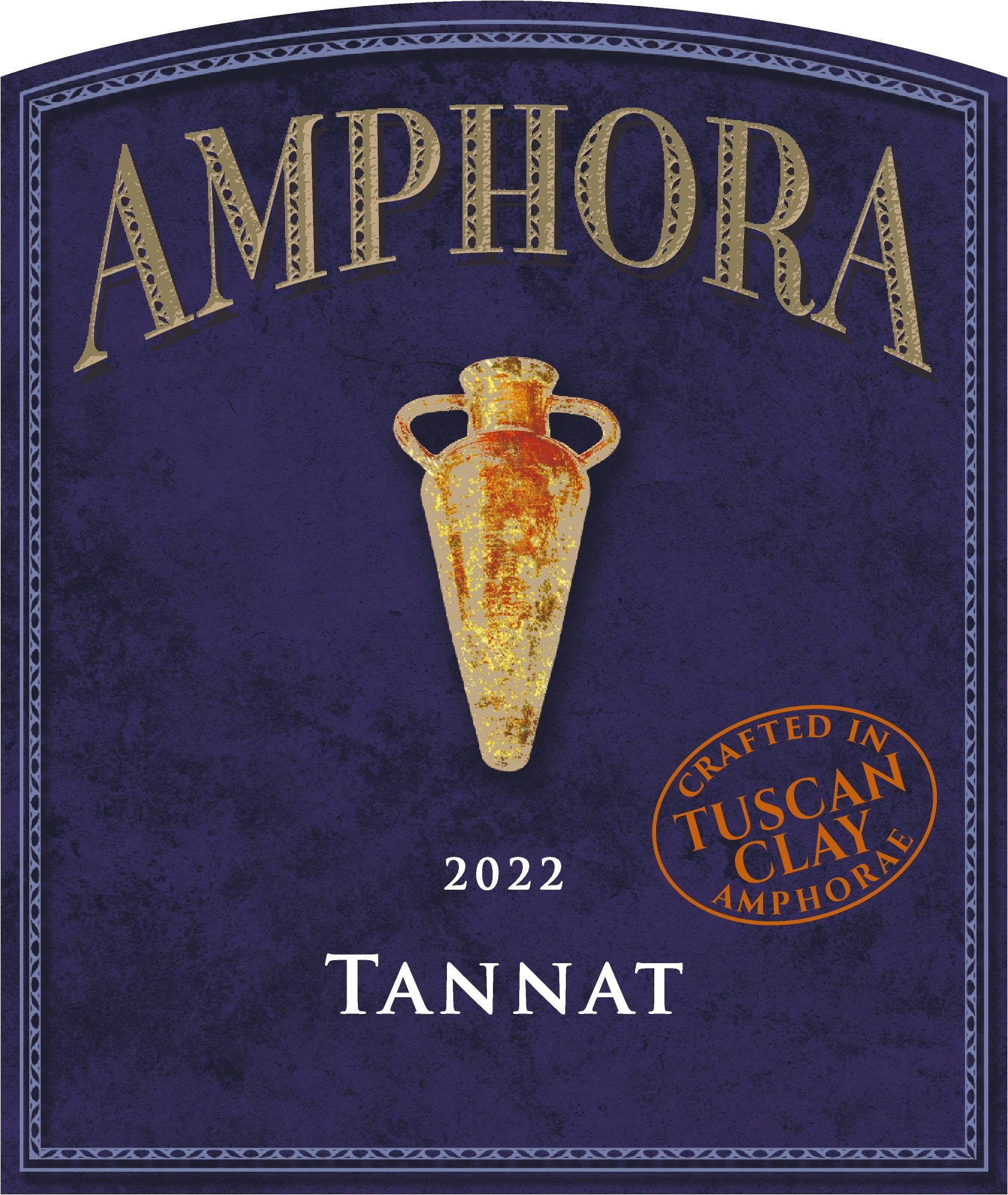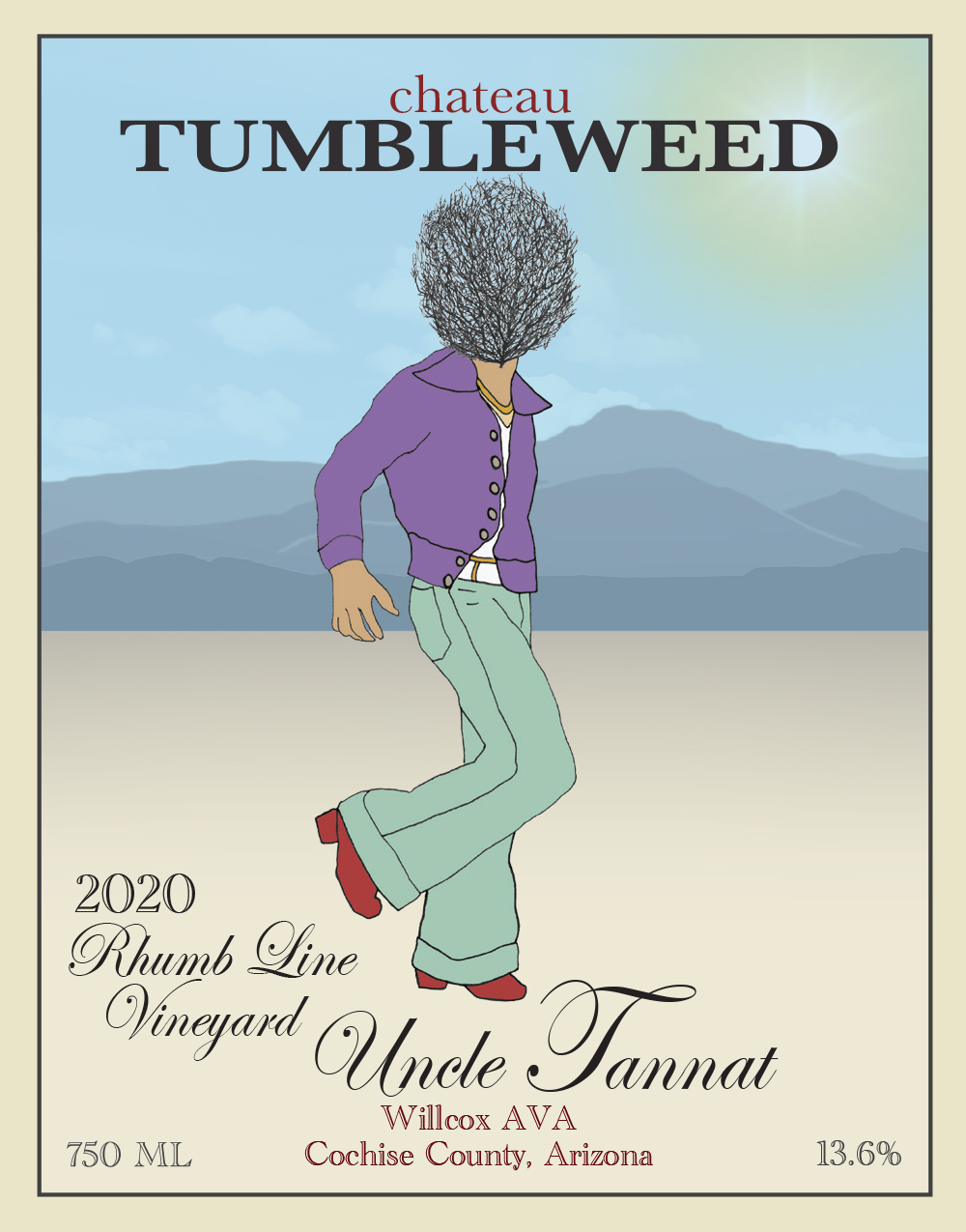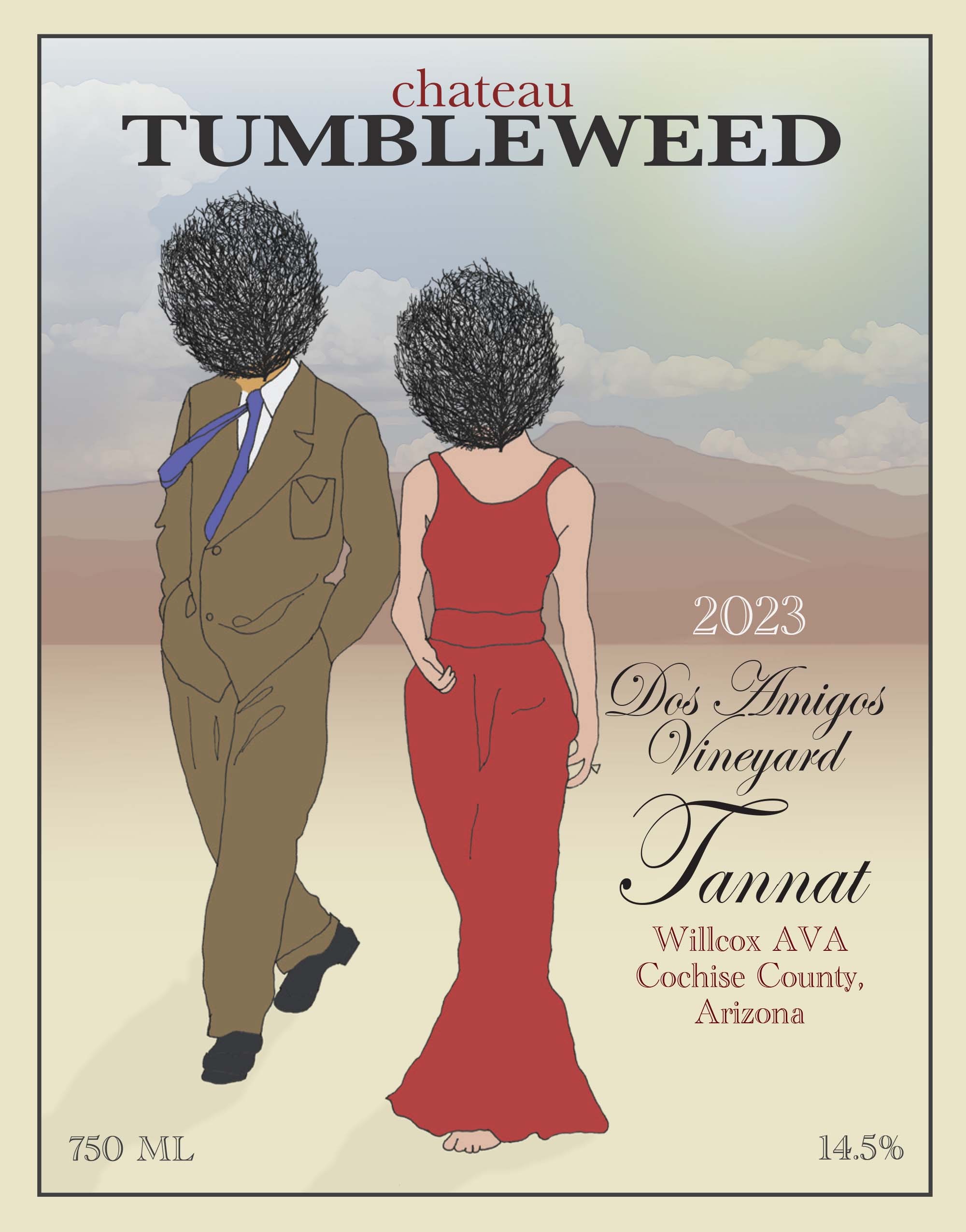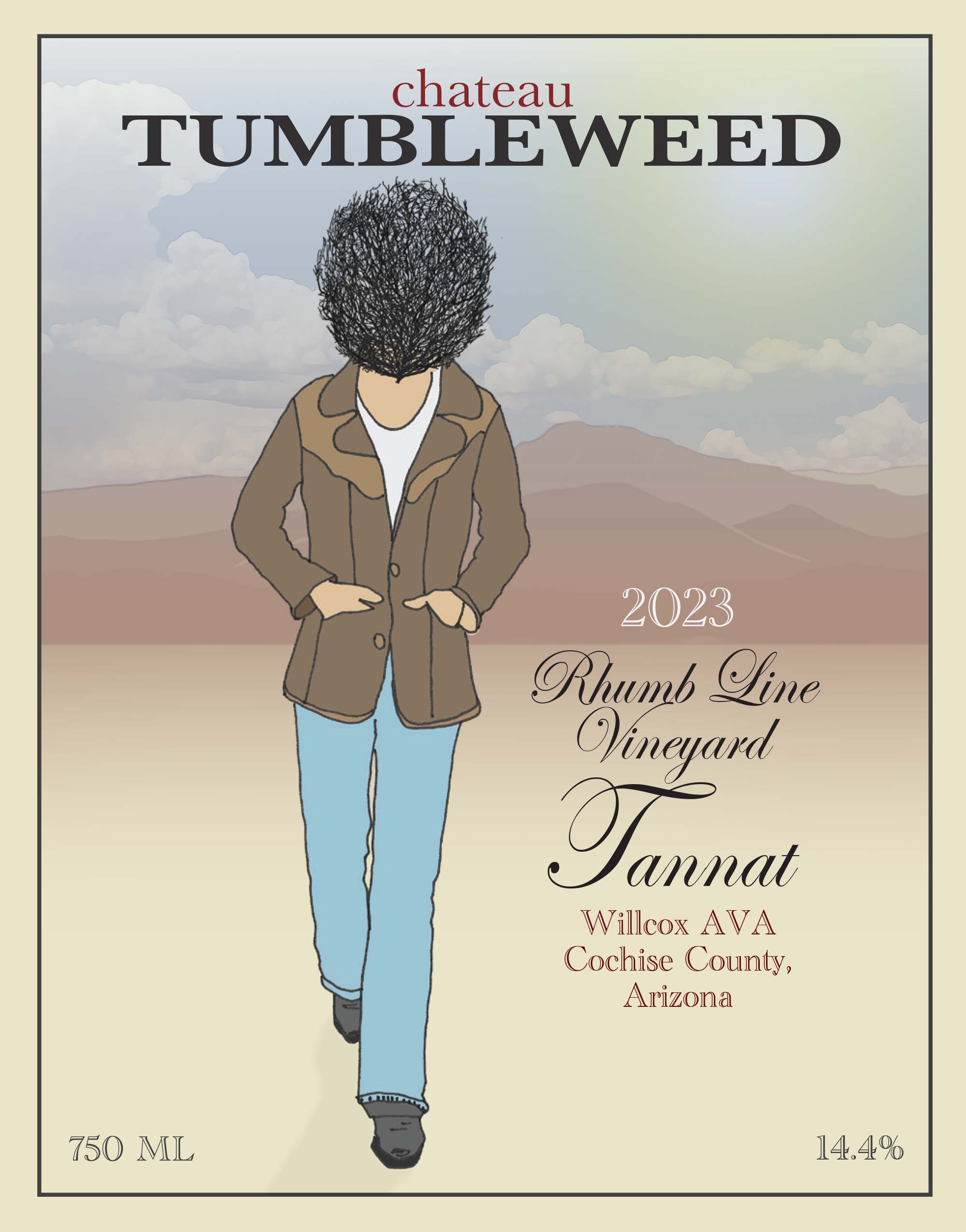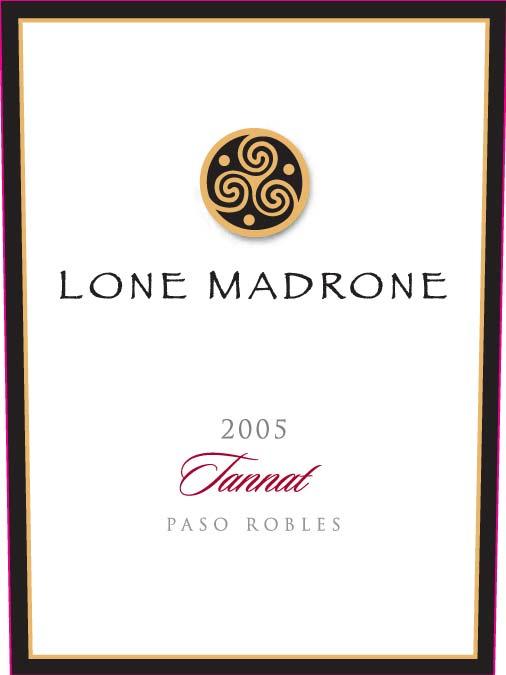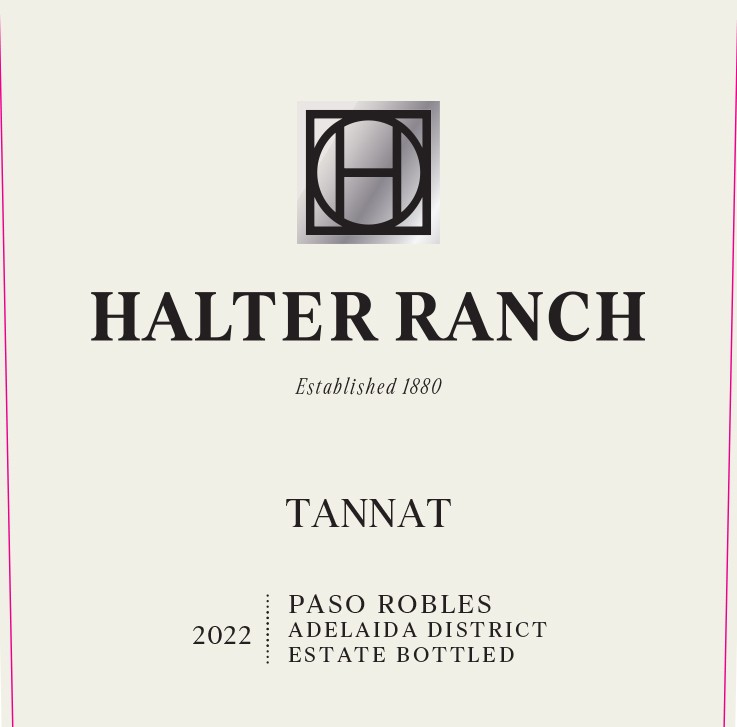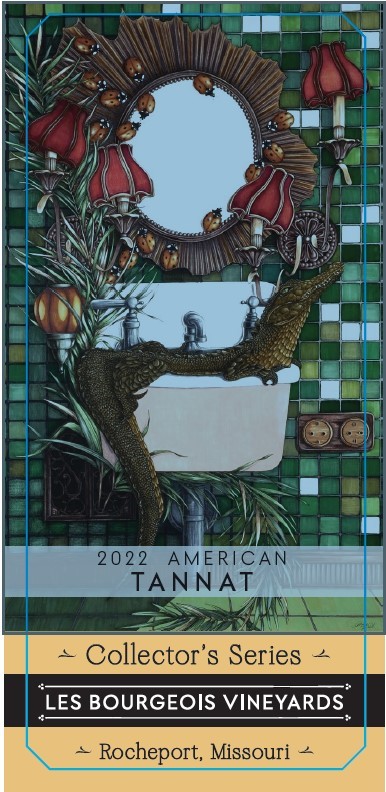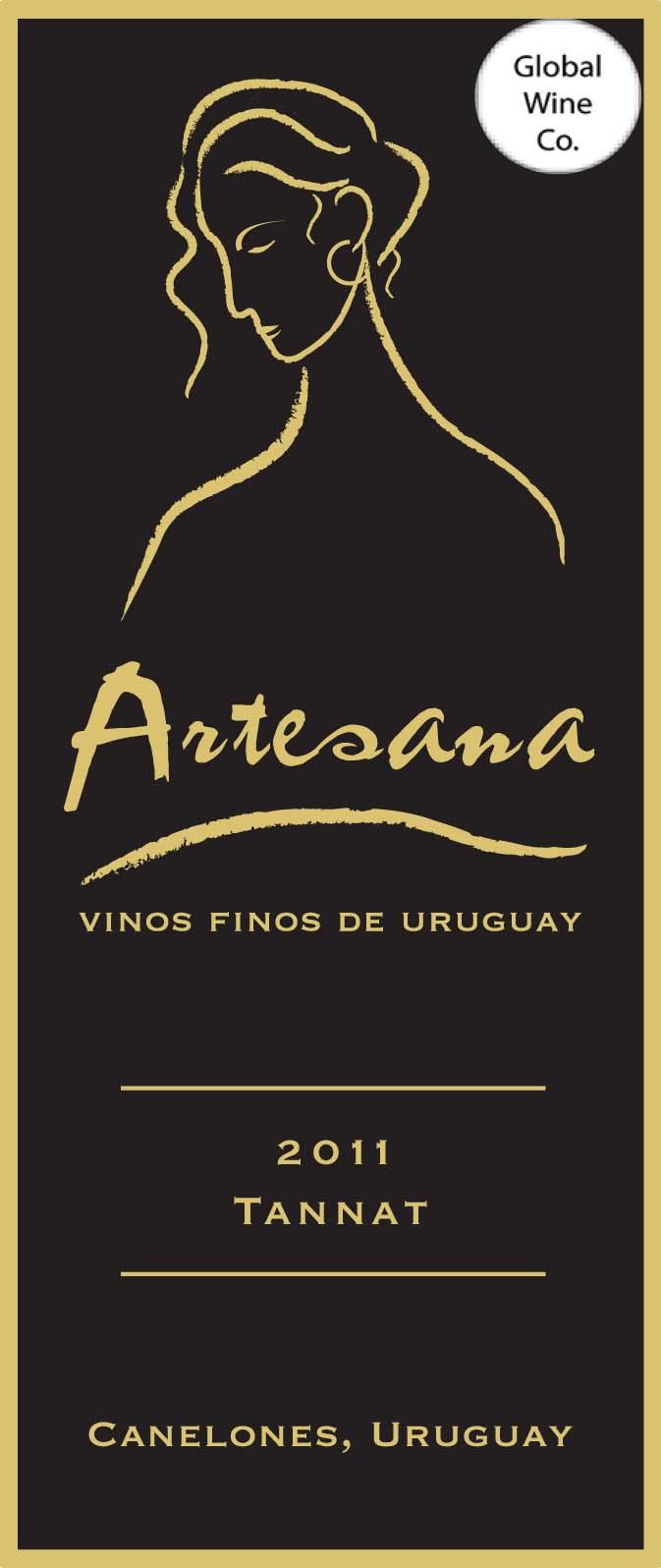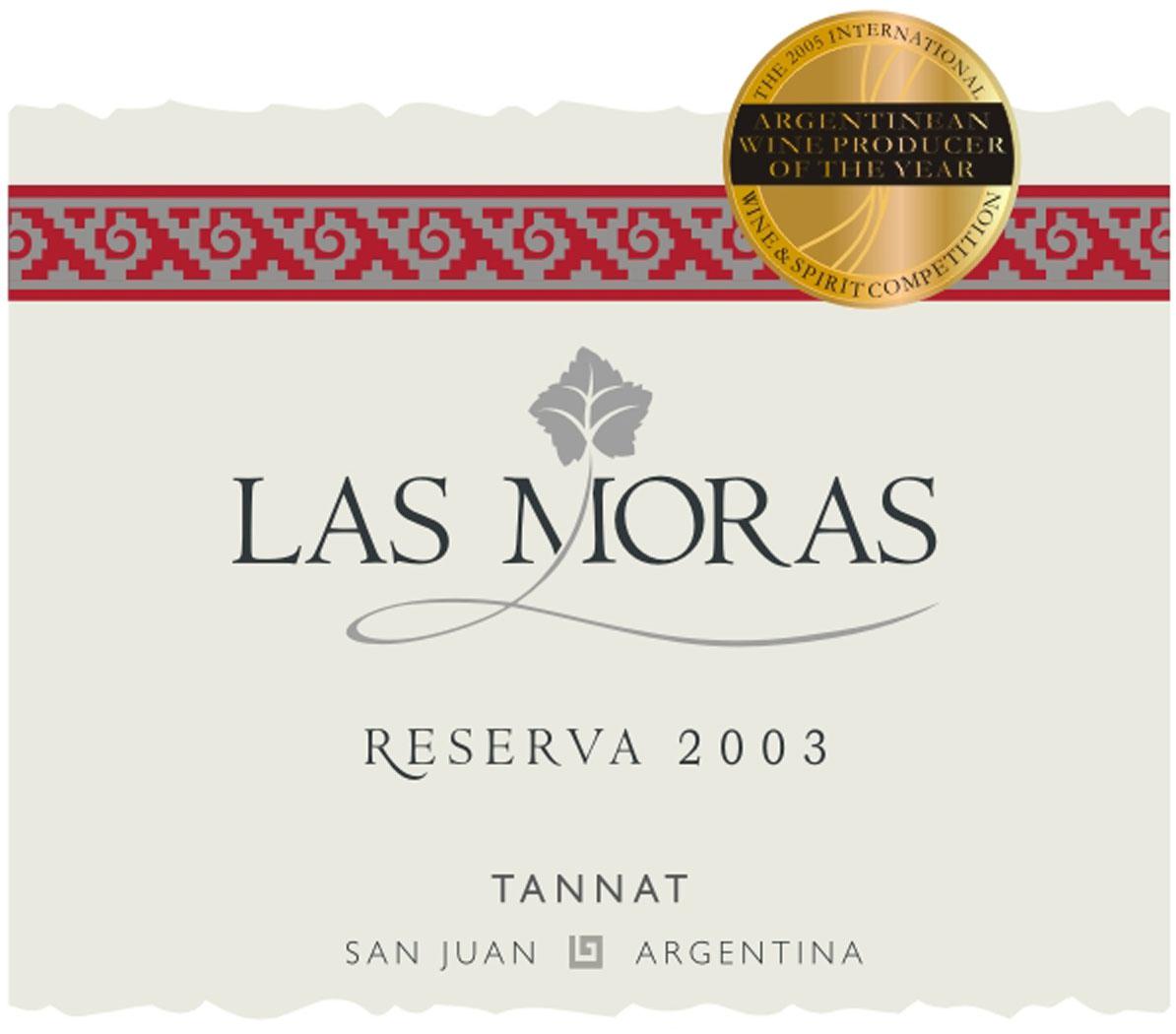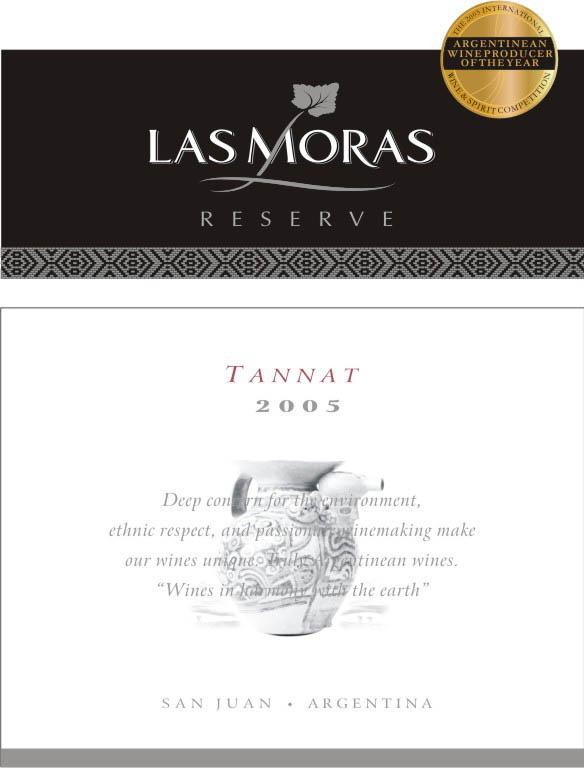Characteristics of Tannat
Tannat’s flavor profile is deeply influenced by where it’s grown and how it’s crafted. Here’s how regional and stylistic differences show up in the glass:
-
Old World (France – Madiran): Expect a structured wine with high acidity, pronounced raspberry, black fruit (blackberry, black plum, blackcurrant, dark cherry), red plum, and earthy undertones of tobacco and smoke. These wines are often bold and need time to mellow, developing dried fruit and leather notes with age.
-
New World (Uruguay): Tannat from Uruguay tends to offer softer tannins, abundant blackberry and plum flavors, and is approachable in youth, though it still ages gracefully.
-
Regional Influences:
What Does Tannat Taste Like?
Tannat is known for its savory and spicy complexity—look for notes of licorice, black pepper, cardamom, clove, nutmeg, and even meaty or gamey hints.
Oak aging introduces further complexity—think espresso, dark chocolate, vanilla, and cedar—while winemaking techniques like maceration time and micro-oxygenation help shape the wine’s character and soften its natural tannic grip.
Notable Region Tannat Grows In
The character of Tannat shifts dramatically depending on where it is grown, with each region offering a distinctive expression shaped by climate, soil, and local winemaking traditions.
-
France (Madiran, South West): The birthplace of Tannat, Madiran produces powerful, deeply colored wines with firm tannins and complex earthy notes, often blended and aged to develop structure and longevity.
-
Uruguay (Canelones, Maldonado): Uruguay’s temperate maritime climate yields softer, more elegant Tannat with juicy blackberry and plum flavors; winemakers here explore a wide range of styles, from traditional reds to modern, fruit-forward bottlings.
-
Argentina (Salta, Mendoza): High-altitude vineyards in Salta and Mendoza create Tannat with vibrant acidity, nutty and spicy aromatics, and a slightly gentler tannic grip, often blended with Malbec or Cabernet Sauvignon.
-
USA (California, Texas): American Tannat is gaining traction, especially in California’s Paso Robles and Texas High Plains, where the wines tend to be bold, dark-fruited, and approachable even when young.
Food Pairings
Tannat’s bold structure and deep flavors shine brightest when paired with dishes that have plenty of richness and character.
-
Hearty Proteins & Signature Dishes: Grilled ribeye steak, roast lamb, and game meats like duck confit or venison are classic matches, as their savory depth and fat mellow Tannat’s tannins and bring out its dark fruit notes.
-
Cuisine Inspirations & Cooking Methods: Traditional Asado, French cassoulet, and slow-braised meats—especially when roasted or cooked over an open flame—create layers of flavor that stand up to the wine’s intensity.
-
Cheeses, Charcuterie & Vegetarian Options: Aged cheddar, Gouda, Roquefort, and robust charcuterie offer richness for balance, while earthy vegetarian dishes like grilled Portobello mushrooms or lentil stews with olive oil make satisfying, complementary pairings.


